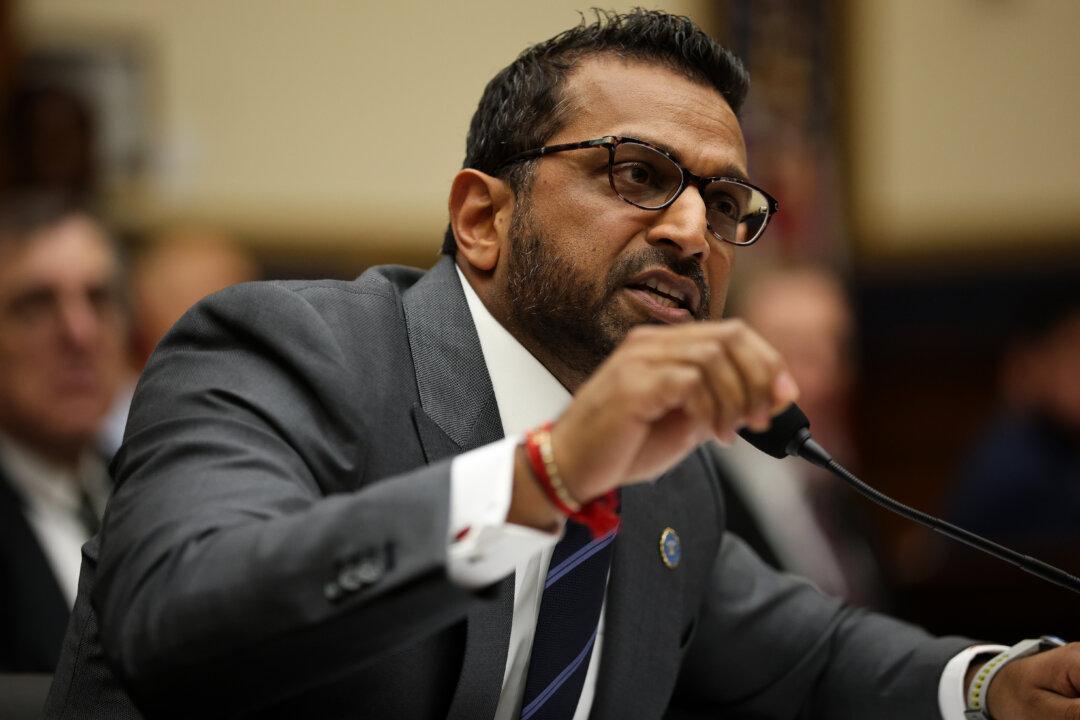Restrictions imposed in the wake of the COVID-19 outbreak, including nationwide stay-at-home orders, could have resulted in a surge of cancer deaths during the first year of the pandemic, a study has found.
The study, published in the American Society of Clinical Oncology Journal on April 11, found a spike in the number of deaths with cancer as a contributing cause in 2020.





